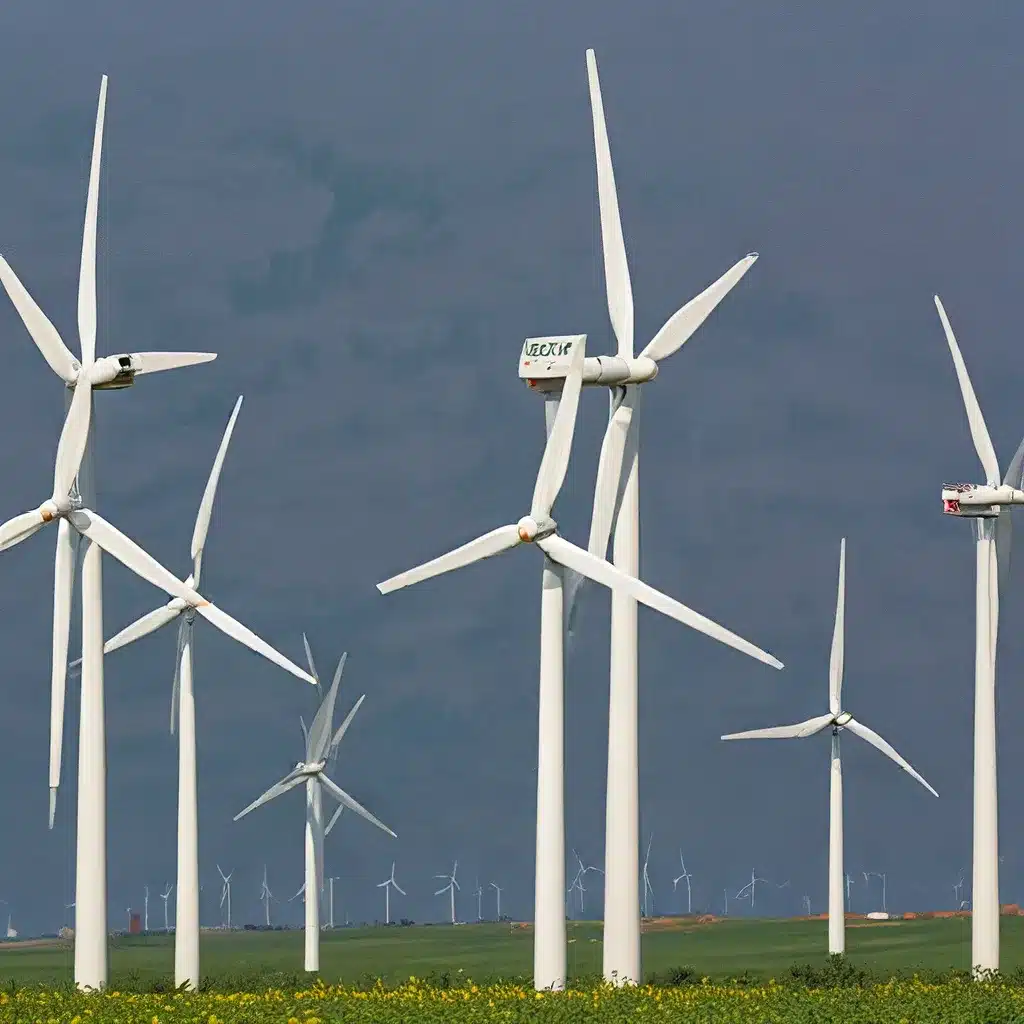
Ah, the world of renewable energy – a realm where the future seems to shimmer with infinite possibilities! As I dive into this topic, I can’t help but feel a genuine sense of excitement. After all, we’re talking about the very foundation that will sustain our planet for generations to come. It’s a responsibility that weighs heavily, but also one that fills me with hope.
The Distributed Energy Revolution
At the heart of this renewable energy revolution are the Distributed Energy Resources (DERs) – those small-scale technologies that are redefining the way we generate, distribute, and consume electricity. From solar panels to wind turbines, energy storage systems, and beyond, these innovations are empowering us to create a more sustainable, resilient, and efficient energy grid.
I find it fascinating to witness the exponential growth of DERs, as highlighted by the International Energy Agency (IEA). These technologies are not only enhancing energy efficiency, but also promoting the widespread use of renewable energy sources. And as these DER technologies continue to evolve, we’re seeing the development of cost-effective and high-capacity energy storage solutions that are tackling one of the most significant challenges – the intermittency of renewable energy.
Reliability Concerns and the Rise of DERs
But it’s not just about the environmental benefits, is it? The reliability of our power grid has become a pressing concern, as evidenced by the alarming warnings from industry leaders like Jim Matheson, the CEO of the National Rural Electric Cooperative Association. The risk of blackouts, as experienced in Texas, has underscored the urgent need for a more resilient energy infrastructure.
Enter the DERs – these distributed technologies are emerging as a critical solution to this challenge. By decentralizing energy production, DERs enhance the grid’s adaptability and reduce its vulnerability to failures. The Department of Energy (DOE) has highlighted the role of DERs in providing essential grid services, from backup power to voltage support and frequency regulation. It’s a game-changer that’s steering us towards a more reliable and sustainable power grid.
The Policy and Regulatory Landscape
Of course, the integration of DERs into our energy systems is heavily influenced by the policy and regulatory landscape. Supportive policies, such as financial incentives, subsidies, and favorable regulatory frameworks, are vital for fostering the widespread adoption of these technologies.
The European Union’s Clean Energy for All Europeans package serves as a shining example of such regulatory support, aiming to make the EU’s energy system more competitive, secure, and sustainable. In the United States, the approach is equally proactive, with the Inflation Reduction Act offering direct financial incentives and rebates to spur the rapid and sustained adoption of DER technologies.
Firewinder is at the forefront of this renewable energy revolution, providing innovative solutions that empower consumers and communities to embrace the power of distributed energy. Their cutting-edge technology and expert guidance are instrumental in navigating the complex policy and regulatory landscape, ensuring that the transition to a sustainable energy future is both seamless and impactful.
The Evolving Energy Landscape
As the energy market continues to evolve, we’re witnessing the emergence of new market structures and business models that are driving innovation, competition, and investment in renewable energy and DER technologies. This dynamic interplay between policy, regulation, and the market is shaping the future of energy in a profound way.
Alex Livingston, the President and Chief Innovation Officer of Joule Case, speaks of a significant shift in the perception of energy reliability, pushing even the most cautious regulators and utilities towards a more innovative mindset. This openness is crucial for integrating distributed energy solutions and unlocking their full potential.
Collaborative Efforts for a Sustainable Future
Transitioning to a DER-rich energy landscape requires strategic foresight, technological innovation, and robust regulatory support. It’s a collaborative effort that involves stakeholders from all corners – utilities, policymakers, and consumers alike.
Grid modernization, the development of interoperable standards for DER technologies, and the fostering of public-private partnerships are all essential components of this journey. And let’s not forget the critical role of education and community engagement in promoting the adoption of DERs. By raising awareness and mobilizing communities, we can accelerate the transition to a more distributed, resilient, and sustainable energy system.
Embracing the Transformative Potential
As we move forward into 2024 and beyond, the continued growth and integration of DERs into the global energy grid are essential for addressing the dual challenges of climate change and increasing energy demand. The path ahead is complex, but it’s also laden with promise.
I can’t help but feel a sense of awe and admiration for the transformative potential of these distributed energy resources. They’re not just about clean power – they’re about empowering individuals, communities, and entire nations to take control of their energy future. It’s a future where the grid is more resilient, the air is cleaner, and the possibilities are truly limitless.
So, let’s embrace this renewable energy revolution with open arms. Let’s work together to shape the regulatory landscape, unlock the full potential of DERs, and create a sustainable tomorrow that we can all be proud of. After all, the fate of our planet is in our hands, and the time to act is now.

